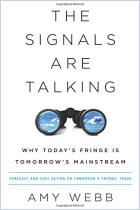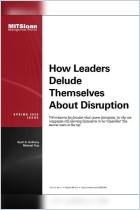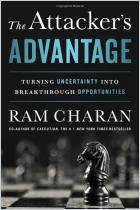Únase a getAbstract para acceder al resumen.

Únase a getAbstract para acceder al resumen.
Amy Webb
The 11 Sources of Disruption Every Company Must Monitor
Think you’re aware of the forces that might disrupt your company? Your lens may be far too narrow.
MIT Sloan Management Review, 2020
¿De qué se trata?
Disruption can come from unexpected quarters. Learn which areas to monitor to avoid unpleasant surprises.
Recommendation
Disruptive forces can mean disaster for even the most successful organizations – but they can also offer valuable opportunities for leaders who perceive them in time to act. Quantitative futurist Amy Webb – founder of the Future Today Institute – outlines a system for identifying disruption long before it hits your organization.
Summary
About the Author
Quantitative futurist Amy Webb is the founder of the Future Today Institute and professor of strategic foresight at the New York University Stern School of Business.























Comment on this summary